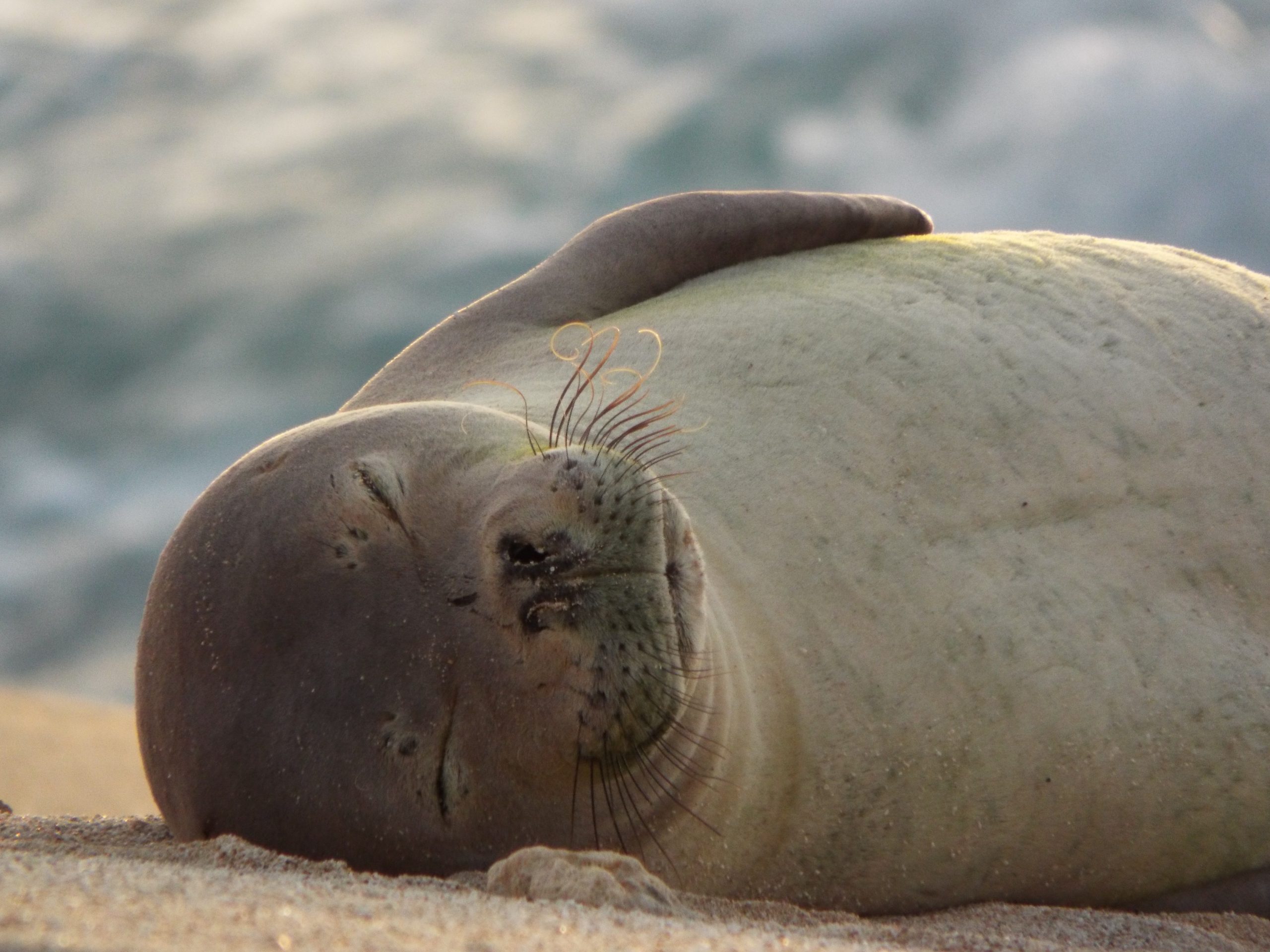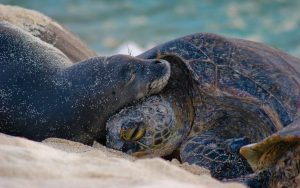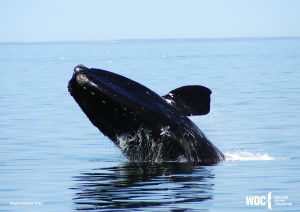Hawaiʻi Marine Animal Response (HMAR) focuses on the preservation and recovery of Hawaiʻi’s marine protected species and ocean ecosystem. It is the largest Hawaiʻi-based nonprofit marine species conservation, education, field support, rescues, and stranding response organization. Each day HMAR is out on the shoreline and in communities educating the public about their work and doing hands-on work to preserve these important marine species. Hawaiʻi has the sad title of the “Endangered Species Capital of the World” because Hawaiʻi makes up only 0.2% of U.S. land but 25% of all the animals on the U.S. endangered species list are native to the Hawaiian islands. HMAR’s work is essential for the conservation of marine animals and the ecosystem. LEX Reception is proud to announce our second year of supporting HMAR and to share the amazing work undertaken by the organization. So, what exactly does HMAR do?
The Animals
Hawaiian monk seals are endemic to the Hawaiian islands, meaning they are only native to that location and are only found there. This means you will only see a Hawaiian monk seal in Hawaiʻi. They are also an endangered species with an estimated population of only 1,570 individuals left in the world. Hawaiian monk seals spend about 1/3 of their lives on land, resting, giving birth, and molting (losing the top layer of skin and all their fur and having a new coat underneath).
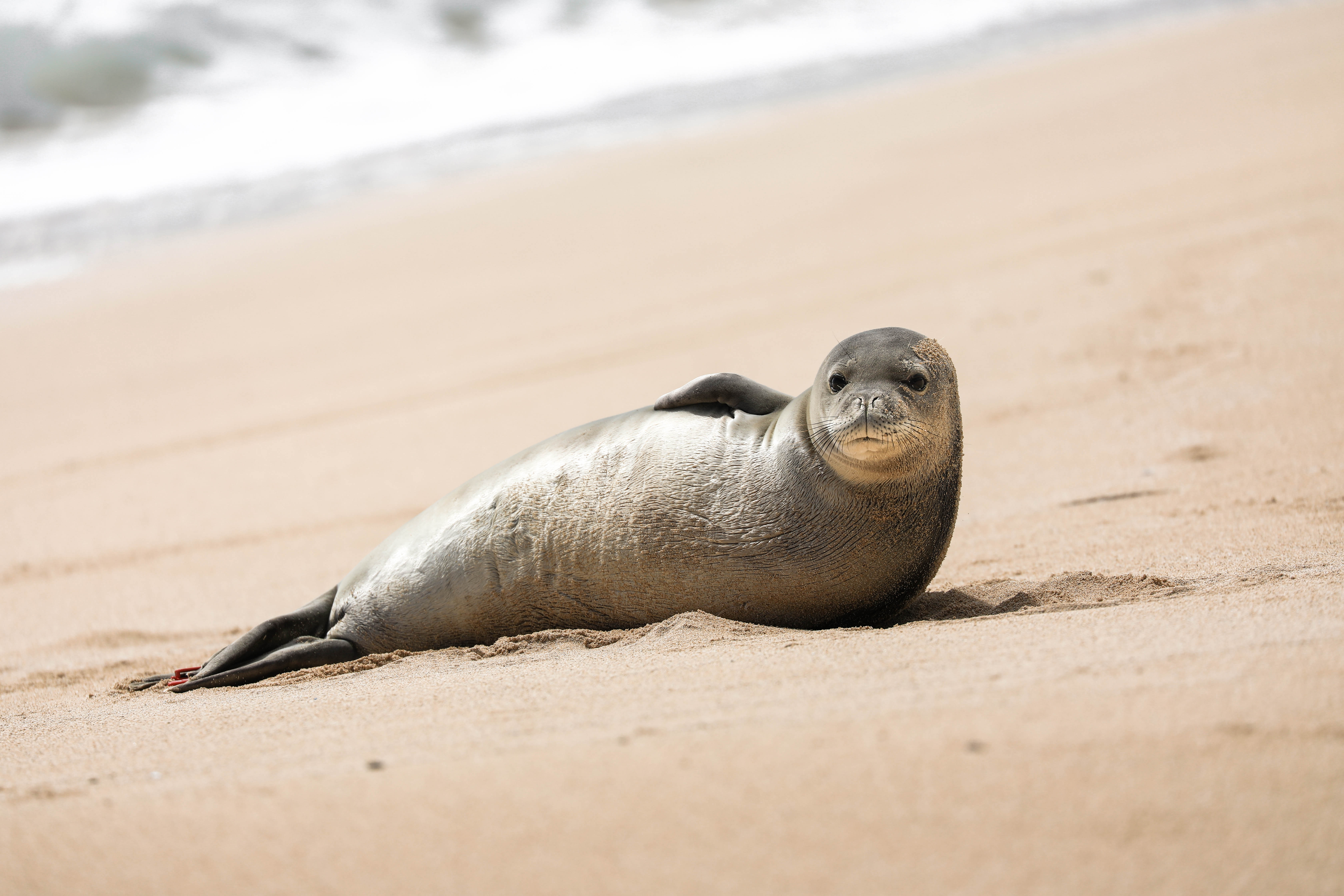
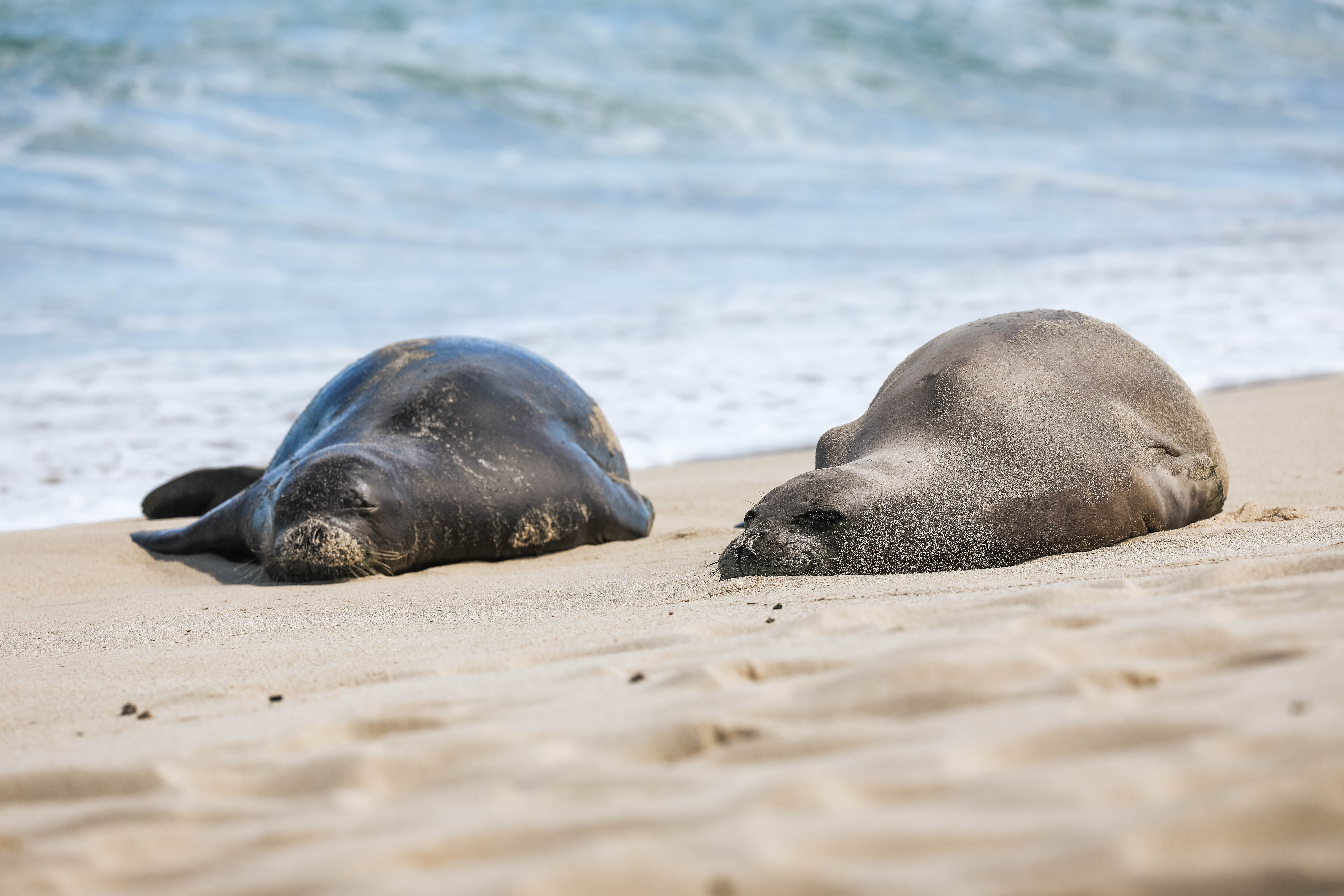


There are five species of sea turtles in Hawaiian waters – Hawaiian green, hawksbill, leatherback, loggerhead, and olive Ridley. Hawksbill and Hawaiian greens spend most of their life near shore and are seen frequently by HMAR and the public. The last three species are pelagic, migratory species that are rarely seen. HMAR primarily works with Hawaiian green sea turtles, or “honu” in Hawaiian, as they nest and spend time around Oʻahu.
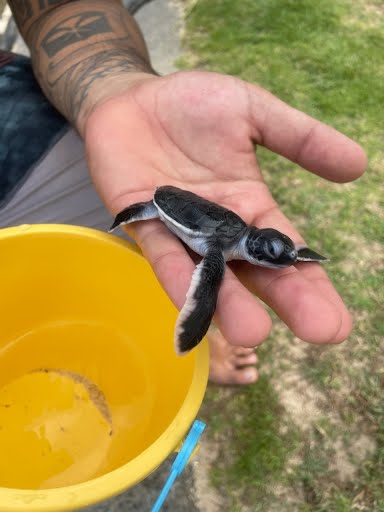



Hawaiʻi is home to around 20 species of seabirds. These birds range in size from a few ounces to almost 10 pounds. The largest seabird in Hawaiʻi is the ‘iwa, or great frigate bird. These giant birds have a wing span of approximately 9 feet and are jet-black in color.
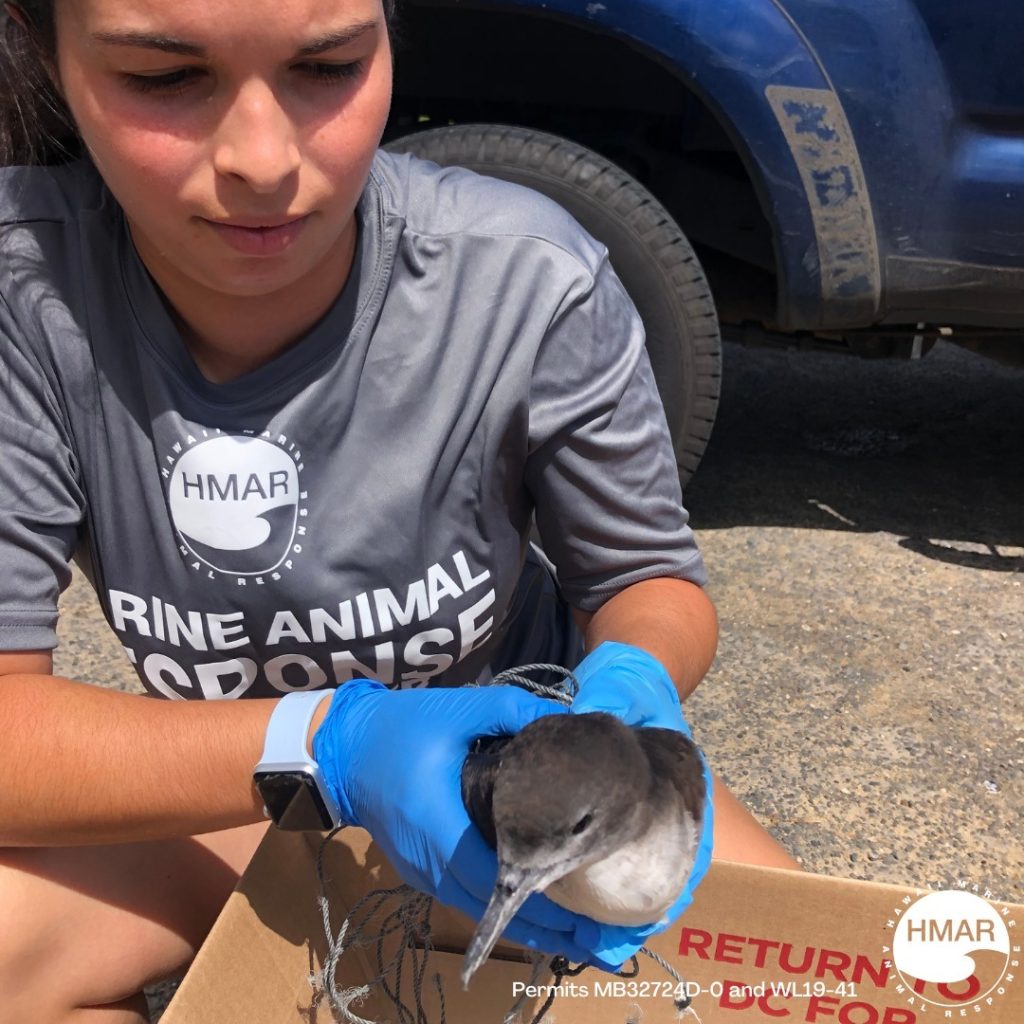
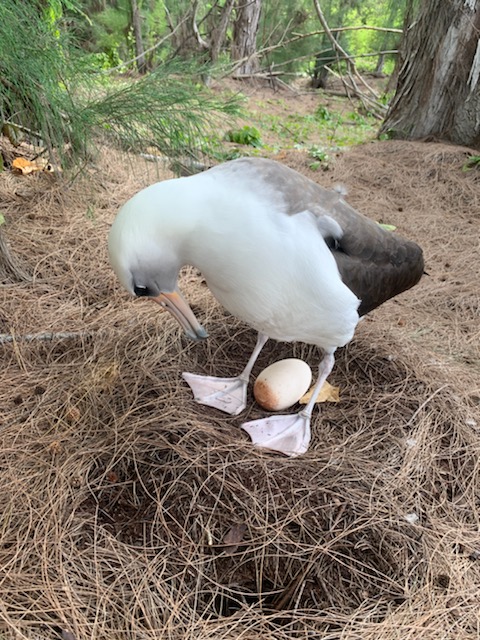

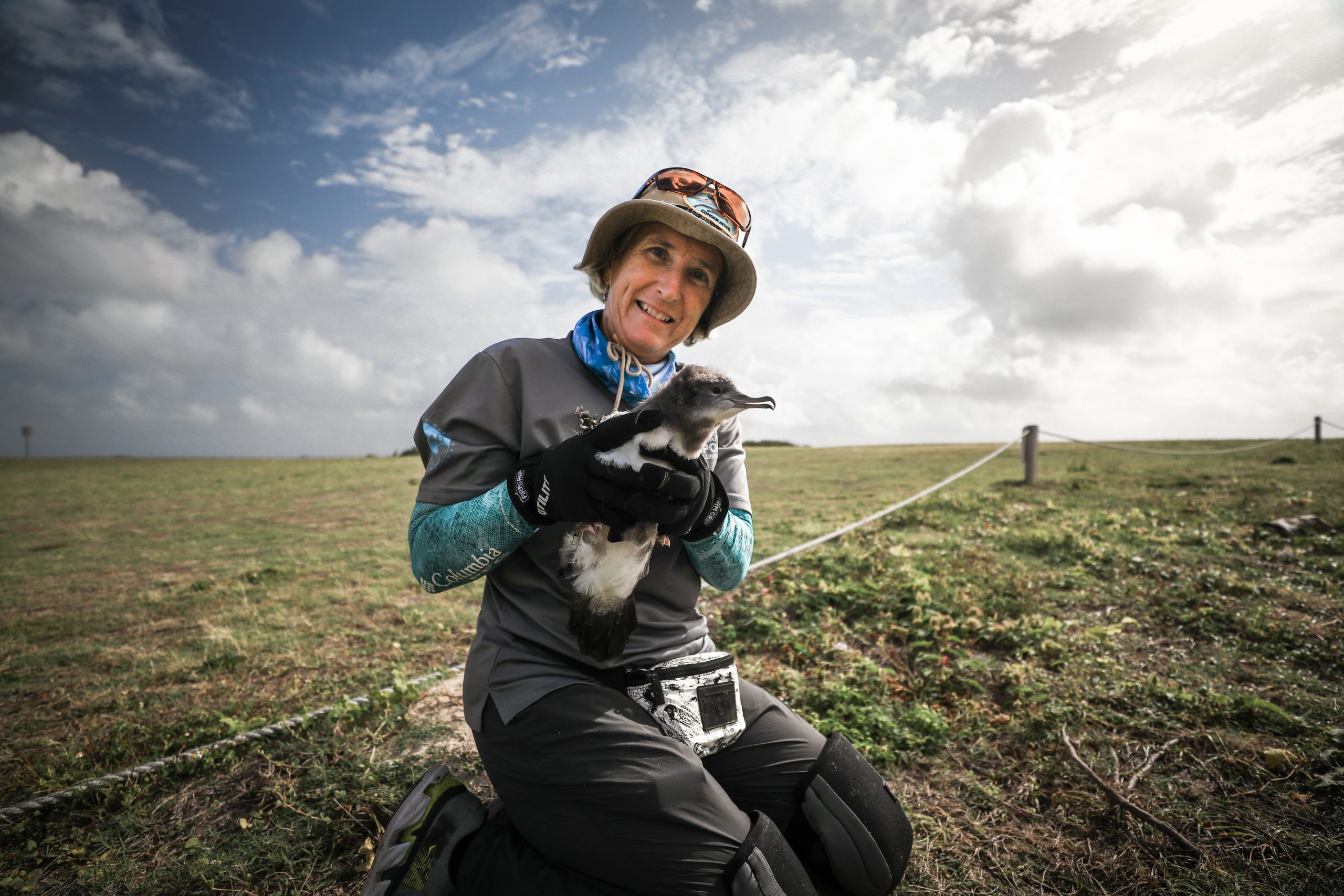
There are about 18 species of dolphins and whales in Hawaiian waters, most notably the humpback whale and spinner dolphin. Humpback whales are present in Hawaiian waters during the winter when they give birth to their calves and mate. About 20,000 whales make this journey from the far north annually – 3,000 miles in about a month and a half!
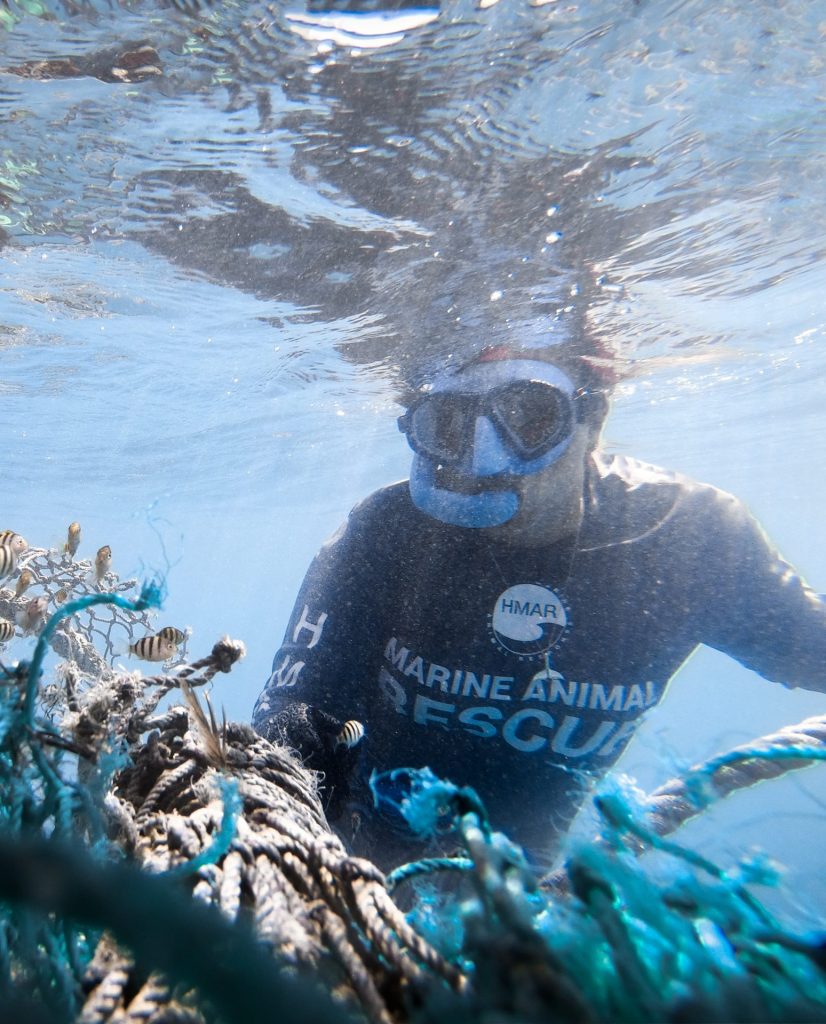

The Work of HMAR
Thousands of times yearly, HMAR volunteers, interns, and staff respond to Hawaiian monk seals resting on Oʻahu’s shoreline. Because of their very endangered status, every animal is important so during their time on shore volunteers identify the individual seal, assess its body condition, and look for signs of injury or illness while also providing outreach to the public from behind the perimeters they set up so that the seal has a space to rest. This response activity occurs multiple times each day all around Oʻahu, which is Hawaiʻi’s most populated island. In addition to monk seal response, HMAR staff, interns, and rescue volunteers often participate in interventions and rescues for sea turtles, seabirds, monk seals, dolphins, and whales. These rescues and interventions look different depending on the day and situation, ranging from picking up young seabirds needing help from the side of the road to removing fishing line from entangled sea turtles. Although many of their rescues have happy endings – there are also times when HMAR responds to deceased animals that will be brought to scientists for a necropsy to understand how they died which helps them better manage field activity for maximum benefits. Rescues and interventions are essential to save the live animals that need help and to gain a better understanding of the problems Hawaiʻi’s animals are facing and how HMAR and others can mitigate those issues in the future.
HMAR + LEX
Throughout this year, HMAR will update us on a few important events: Hawaiian monk seal pupping season, sea turtle nesting surveys, and seabird fallout season! Each of these times is incredibly busy and exciting for HMAR and the entire Oʻahu community. These updates will shine a light on all the essential work you all are supporting by being a partner of LEX. We can make these donations and support nonprofits like HMAR because of the work we do together daily!
